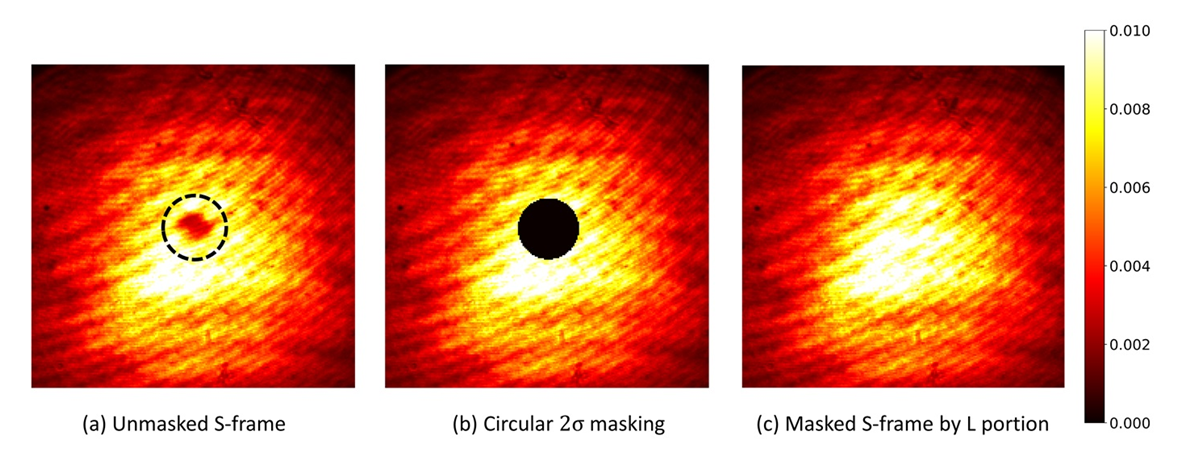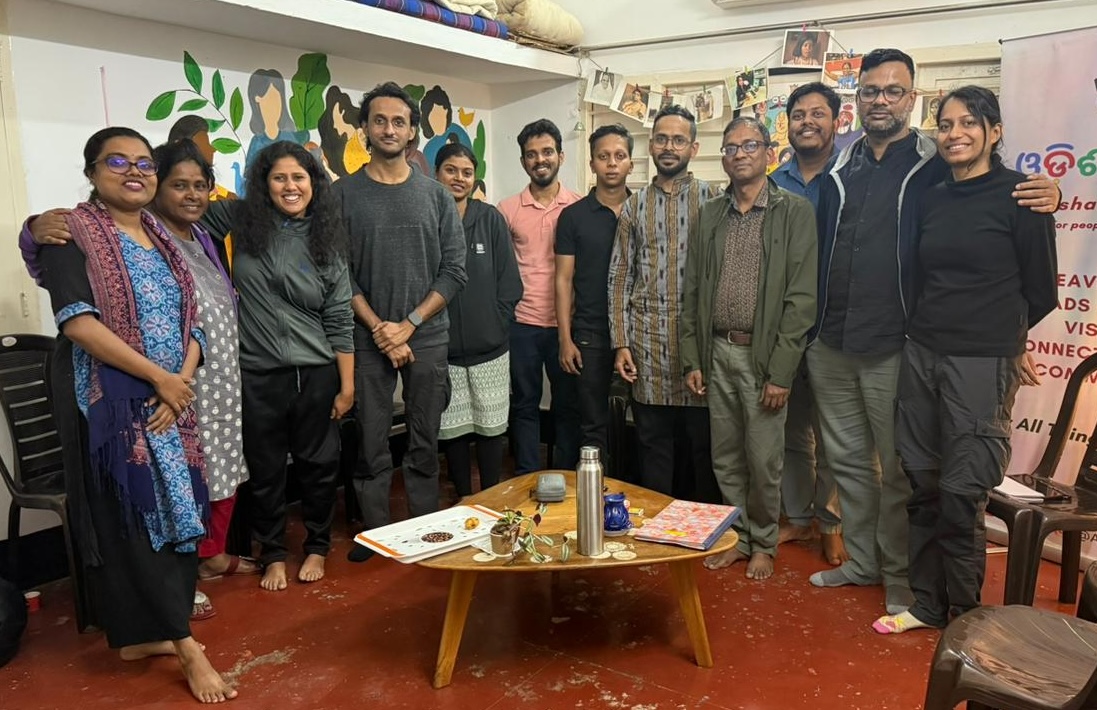New Delhi: In a significant stride forward in the study of ultracold atoms, scientists have developed a groundbreaking image-correction technique that promises clearer and more accurate images, particularly in the realm of cold atom research at absolute zero temperatures. The breakthrough method, designed by researchers at the Raman Research Institute (RRI), aims to eliminate up to 50 percent of unwanted interference fringes, significantly improving the quality of images crucial for understanding quantum mechanics at extremely low temperatures.
At temperatures approaching absolute zero, classical mechanics give way to the principles of quantum mechanics, unveiling unique atomic properties that hold the key to unlocking unprecedented insights. Elements like sodium, potassium, and rubidium are commonly studied using magneto-optical traps and high-power laser cooling techniques, with detection methods such as fluorescence, absorption, or phase-contrast imaging.
Despite the prevalence of fluorescence and absorption techniques, these imaging methods often suffer from unwanted interference fringes, dark-bright patterns that obscure the true features of the images and compromise the accuracy of critical parameters such as atom number, temperature, and dynamics.
Addressing this challenge, the RRI research group has devised an image-correction solution rooted in eigen-face recognition, a concept akin to recognizing specific features in a group of images. This technique, similar to the facial recognition technology found in modern smartphones, involves a smart masking algorithm aimed at minimizing interference fringes.
Gourab Pal, a PhD student at the QuMix lab, RRI, emphasized the importance of calculating the Optical Density (OD) in the study of cold atoms, which informs the determination of temperature, size, density, and other vital parameters. The algorithm involves the logarithmic subtraction of frames containing the cold cloud and the probe light, ideally resulting in identical interference fringes that cancel each other out.
However, real-world laboratory conditions often lead to frames with non-identical interference fringes, necessitating a de-fringing method to obtain clean Optical Density. The team at RRI claims that their proposed technique can reduce interference fringes in absorption imaging of cold atoms by nearly 50 percent. Furthermore, a substantial improvement, also around 50 percent, in temperature uncertainties of cold rubidium atoms was achieved with the application of this algorithm.
Saptarishi Chaudhuri, head of the QuMix laboratory at RRI and co-author of the paper published in the journal Applied Optics, highlighted the significance of the absorption imaging technique in the cold atom community. This technique is particularly useful when dealing with a smaller number of atoms, providing a means to calculate the density profile of cold and ultracold atoms and the temperature of a cold atom cloud via time-of-flight measurements.
The research opens new avenues for enhanced precision and accuracy in the study of ultracold atoms, offering researchers a powerful tool to unlock the mysteries of quantum mechanics at temperatures nearing absolute zero.





